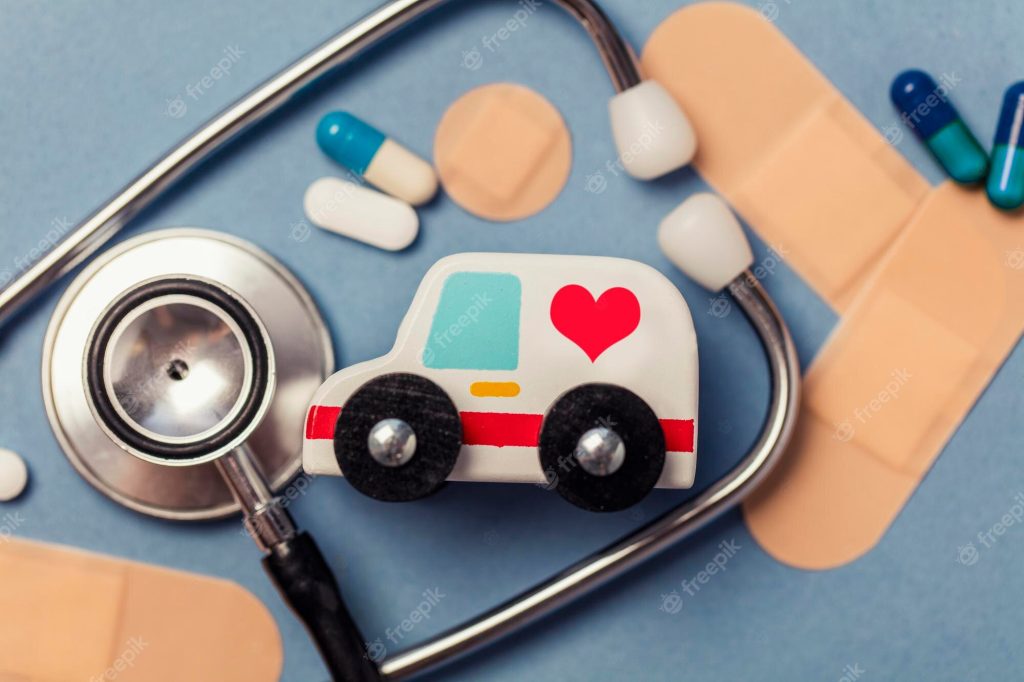The Significance of Critical Healthcare Necessities
Critical healthcare necessities play a pivotal role in ensuring the well-being and survival of individuals facing serious medical conditions. This essay explores the importance of these necessities, the categories they encompass, and how they contribute to providing effective medical care in critical situations.

1. Life-Saving Medical Equipment
Critical healthcare necessities include life-saving medical equipment such as defibrillators, ventilators, and cardiac monitors. These devices are crucial in stabilizing patients experiencing life-threatening situations like cardiac arrest or respiratory distress. The timely availability of such equipment can significantly enhance the chances of survival.
2. Emergency Medications
In critical healthcare, access to emergency medications is paramount. Medications like epinephrine for anaphylaxis, anticoagulants for stroke, and antidotes for poisoning can mean the difference between life and death. These medications address acute medical crises and require immediate administration for optimal outcomes.
3. Trauma Care Supplies
Trauma care supplies like tourniquets, hemostatic agents, and sterile dressings are essential for managing severe injuries and bleeding. Rapid and effective trauma care can prevent excessive blood loss and improve the prognosis for patients in critical conditions.
4. Advanced Life Support Tools
For healthcare professionals, advanced life support tools such as intubation equipment, intraosseous devices, and advanced airway management tools are indispensable. These tools enable medical teams to perform critical interventions swiftly, ensuring adequate oxygenation and ventilation.
5. Mobile Healthcare Units
In situations where immediate medical attention is required but inaccessible due to location, mobile healthcare units equipped with critical necessities can be a lifesaver. These units are equipped with medical supplies, equipment, and personnel trained to provide on-the-spot care to patients in remote areas or disaster-stricken regions.
Ensuring Patient Safety with Critical Healthcare Necessities
Patient safety is paramount in healthcare, especially during critical situations. This essay delves into the role of critical healthcare necessities in maintaining patient safety, how they enhance the quality of care, and the interdisciplinary collaboration required for their effective implementation.
1. Rapid Response and Intervention
Critical healthcare necessities facilitate rapid response and intervention in emergencies. Having a well-stocked crash cart with medications, defibrillators, and airway management tools enables healthcare providers to initiate immediate treatment, minimizing the risk of complications.

2. Interdisciplinary Collaboration
Critical healthcare necessitates collaboration among various healthcare professionals. Surgeons, intensivists, nurses, and paramedics must work together seamlessly to provide holistic care. Effective communication and shared knowledge about critical necessities ensure a cohesive approach to patient management.
3. Minimizing Medical Errors
Having standardized protocols for critical healthcare necessities minimizes the risk of medical errors. Clear guidelines on medication dosages, equipment usage, and procedures help healthcare providers make accurate decisions swiftly, reducing the likelihood of mistakes.
4. Enhancing Patient Outcomes
The availability of critical necessities directly impacts patient outcomes. Swift administration of emergency medications, proper airway management, and timely interventions significantly enhance the chances of patient survival and recovery.
5. Training and Preparedness
Regular training and drills are crucial for healthcare professionals to effectively use critical healthcare necessities. Simulated scenarios prepare medical teams for high-stress situations, ensuring they are well-prepared to handle emergencies with confidence and competence.
Ensuring Access to Critical Healthcare Necessities Worldwide
Access to critical healthcare necessities is a global concern, as adequate resources are essential for saving lives. This essay explores the challenges of ensuring access to these necessities worldwide, innovative solutions, and the importance of international collaboration.
1. Disparities in Access
Many regions, particularly in low-resource countries, face challenges in accessing critical healthcare necessities. Limited infrastructure, funding, and trained personnel hinder their availability, leading to preventable deaths in critical cases.
2. Telemedicine and Technology
Telemedicine and technology play a pivotal role in bridging the gap in access to critical healthcare necessities. Remote consultations, telemonitoring, and mobile healthcare apps enable healthcare providers to offer guidance and interventions even in resource-constrained areas.
3. Humanitarian Efforts
Humanitarian organizations and medical missions play a significant role in providing critical necessities to underserved populations. These efforts deliver medical supplies, equipment, and expertise to areas affected by conflict, disasters, or inadequate healthcare infrastructure.
4. Public-Private Partnerships
Public-private partnerships can be instrumental in ensuring access to critical healthcare necessities. Collaboration between governments, non-profit organizations, and pharmaceutical companies can lead to more affordable and accessible medical supplies and equipment.
5. International Regulations
Standardized international regulations can facilitate the distribution and availability of critical necessities. Harmonizing guidelines for medication approval, equipment safety, and emergency protocols ensures consistent and reliable care across borders.
In conclusion, critical healthcare necessities are essential components of effective medical care during critical situations. They encompass life-saving equipment, medications, trauma care supplies, and advanced tools that enhance patient safety, minimize errors, and improve outcomes. Ensuring global access to these necessities requires innovative solutions, collaborative efforts, and a commitment to providing equitable healthcare to all.
